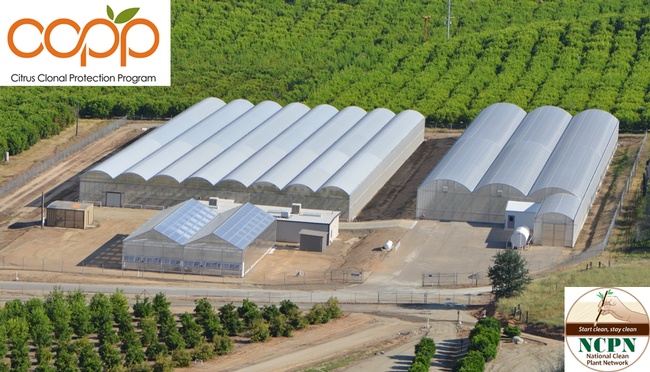Citrus Clonal Protection Program Lindcove Research & Extension Center, University of California
When I started working at the Citrus Clonal Protection Program (CCPP) in 2012 (Fig. 1), citrus budwood was distributed three times per year (i.e. January, June and September) and there was a minimum order limit for 36 buds per order. In July of 2013, CCPP began monthly budwood distribution and essentially removed the budwood order limit offering as little as one budstick (6 buds). This was a game changer. In the following three years of monthly budwood distribution, the amount of requested buds has increased by almost 50% (Fig. 2), and most importantly, the orders placed by citrus hobbyists has increased by almost 80%. Citrus hobbyists are growing citrus for non-commercial purposes. Many of the hobbyists have a small “citrus forest” in their backyards, typically of diverse varieties, and they are very proud of their trees. They are typically not interested in purchasing grafted citrus trees, they want to graft their own citrus trees. It is hard to understand the citrus hobbyists' deep affection for their trees! I grew up in a citrus family farm and for me, citrus was as any other crop, a plant for profit. However, after interacting with the citrus hobbyists over the past several years, I have gained a level of respect and understanding that the passion citrus enthusiast have.
I had always been taught that citrus hobbyists are a threat to the citrus industry and their capacity to propagate citrus should be limited or denied. This line of thinking has resulted in some citrus production areas to restrict citrus budwood access for non-commercial use. Today, I see that ignorance is the true threat to the citrus industry. People usually don't understand or comprehend that smuggling plants or plant parts can disseminate diseases and cause severe economic damage to the farmers. Restricting the desire to propagate a citrus variety may force someone to smuggle it. A sad example is Huanglongbing (HLB) in California. This imminent threat to the California citrus industry was first found in a back yard citrus tree that had 23 grafts of unknown budwood origin.
The California HLB/Asian Citrus Psyllid prevention campaign is doing an excellent job of educating the public. Also the University of California Cooperative Extension is teaching Master Gardeners about the dangers of smuggling plants. On the Internet, there are individuals, such as the pomologist-writer “Fruit Detective” and the citrus hobbyist-blogger “Fruitmentor”, educating people on the correct way to propagate citrus and providing information regarding the threat of importing budwood that that may contain pathogens that could effects citrus production locally. Thanks to this multi educational effort, many citrus hobbyists are now part of the solution and they are actively engaged in the effort to protect the California citrus.
CCPP has over 300 citrus varieties available to anyone interested in propagating citrus trees for commercial or personal use. Orders can be as small as 6 buds (one budstick) per variety at $ 4.50. Therefore, the CCPP offers the incentive to use inexpensive-easily purchased- tested budwood over smuggled or exchanged “dirty” citrus budwood.
Despite all of the above, I still strongly recommend to purchase grafted trees at local stores or online (e.g.
www.fourwindsgrowers.com). Grafting citrus is not as easy as it may look. It requires skill, another citrus tree to be used as a rootstock, and a controlled environment (especially
temperature and water). However, if you are going to do it yourself, make sure the material your using is disease free!
To learn more about the CCPP, go to www.ccpp.ucr.edu and remember: CCPP is the place for starting citrus correctly.
Panoramic view of the Citrus Clonal Protection Program foundation block operations at the Lindcove Research and Extension Center, Exeter, California. Photo: E. Grafton-Cardwell.
Attached Images:
